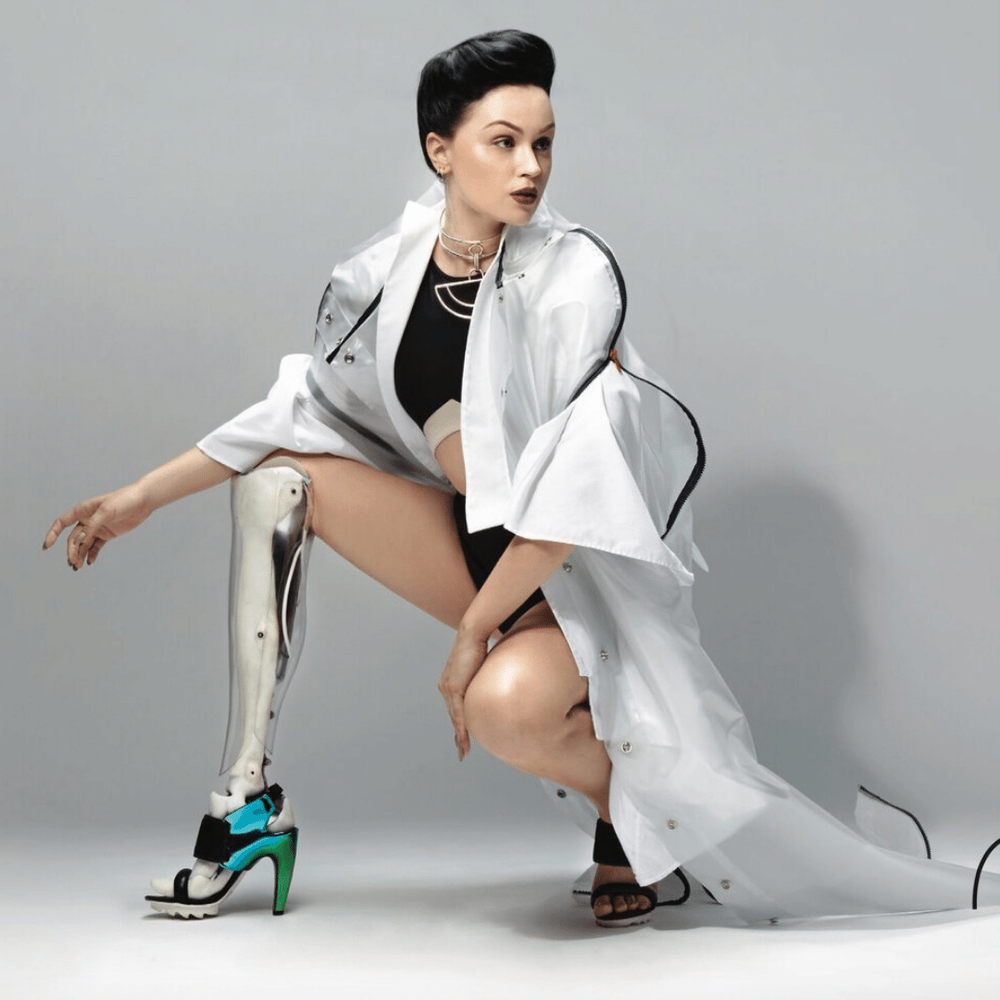medicine, tech, and art
This week's topic of Medicine, Technology, and Art was particularly intriguing for me! The evolution of medical technology has enabled us to look inside the human body in a non-invasive way, and this has allowed us to see the art of the human body like never before.
Dissection of cadavers has been used since ancient times to study human anatomy. The founder of human anatomy, Andres Vesalius, revised the scientific method for studying human anatomy and produced an illustrated book on the structure of the human body. Today, we have advanced medical imaging technologies like X-Rays, MRI, CAT scans, and others, that allow us to see the human body in incredible detail. Wilhelm Conrad Rontgen discovered X-rays in 1895, and Raymond Vahan Damadian developed the first MRI scanner in 1977. These technologies have revolutionized medicine and have allowed us to diagnose various medical conditions without invasive procedures.
The Visible Human Project created detailed data sets of cross-sectional photographs of the human body to facilitate anatomy education and applications. This project has inspired many artists to create works that explore the human body. For example, the German anatomist Gunther von Hagens' "Museum of Man" exhibits plastinated human bodies in various poses. Plastination is a process that involves replacing the water and fat in a specimen with a plastic material, allowing it to be preserved for study or display. These exhibits have sparked controversy but have also allowed people to see the human body in a new light.
The Human Genome Project aimed to identify all the genes in human DNA and improve tools for data analysis. This project was completed in 2000, and it has had a significant impact on medical research and the development of personalized medicine. The Human biome project is another ongoing project that aims to map the microorganisms in the human body and understand their role in human health and disease.
Plastic surgery and prosthetic limbs are two other areas where medicine intersects with art. Plastic surgery is generally frowned upon, but in times of war, it helped restore people's faces who had been injured. During World War I, physicians had to treat many wounds, and the best medical talents made it their life's work to help restore people's faces. Prosthetic limbs are now being developed as an art form, allowing people to express themselves through their new limbs. One example is, the Alternative Limb Project creating bespoke prosthetics that are designed to reflect the wearer's personality and interests. Another example is the work of artists like Viktoria Modesta, a Latvian-born model, and musician who uses her prosthetic leg to make a statement in the fashion industry.
The intersection of medicine, technology, and art is fascinating and important because it allows us to see the human body in a new light and develop new medical technologies that benefit people's health. The future implications of this intersection are vast, with ongoing research and development in areas like personalized medicine, biomechanics, and prosthetics. As technology continues to evolve, we can expect to see more exciting innovations in this area, enabling us to further explore and appreciate the art of the human body.
Sources:
Hippocrates. The Oath. https://www.pbs.org/wgbh/nova/article/hippocratic-oath-today/
Henke, Christoph. "Magnetic Resonance Imaging (MRI) as Mirror and Portrait: MRI
Ingber, Donald E. "The Architecture of Life." Scientific American. 2008, pp. 48-57.
"Visible Human Project." National Library of Medicine, 2017, https://www.nlm.nih.gov/research/visible/visible_human.html
Crazy Horse Paris. Viktoria Modesta. https://www.lecrazyhorseparis.com/en/viktoria-modesta/ February 07, 2022
The Alternative Limb Project. https://thealternativelimbproject.com/
Propela. The keynote speaker agency for ambitious event organisers.https://www.propela.co.uk/viktoria-modesta
Artlink Magazine. The Visible Human Project: Life and death in cyberspace.. https://www.artlink.com.au/articles/352/the-visible-human-project-life-and-death-in-cybers/
The New York Times. Raymond Damadian, Creator of the First M.R.I. Scanner, Dies at 86. August 17, 2022. https://www.nytimes.com/2022/08/17/science/raymond-damadian-dead.html




Comments
Post a Comment